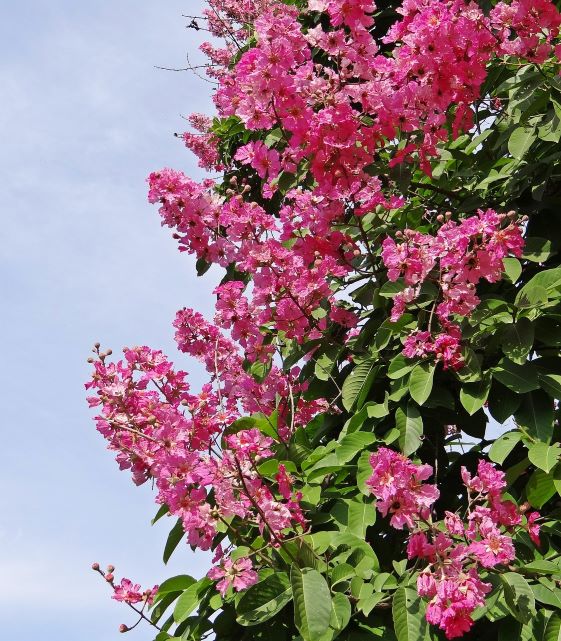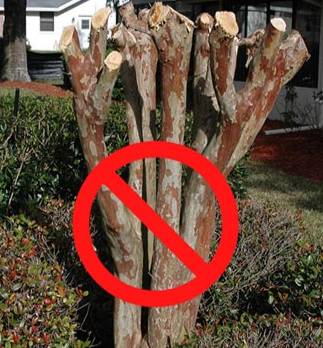Crape Myrtle Problems: Why isn’t my crape flowering?
Searcy, Ark. –
I wanted to take a few minutes to draft an article about some crape myrtle problems we are seeing in this county and statewide.

There could be multiple things causing this problem:
- Not enough new growth during the spring flush
Recommendation: Late winter/early spring fertilization to aid in crape myrtle blooming.
- Shade
- Crape myrtles require 8 hours minimum of direct sunlight daily to bloom well
- Trees planted in areas receiving less than 6 hours of direct sun will not have good bloom development.
- Planting tree too close together with overlapping canopies will shade out and produce less flowers – leading to uneven bloom development on the outward edges and tops of trees
- Insects
- Heavy infestations of aphids decrease flowering
- Crape myrtle bark scale is the next most common insect problem we see in crape myrtles
- Managing the populations of these pests can help trees with flowering intensity
- Using systemic insecticides as a soil drench has shown adequate control (Imidacloprid, thiamethoxam, and dinotefuran)
- Pruning

- Drastic pruning or pruning after spring flush can delay flowering and create excessive vegetative growth and less flowering.
- Training young plants is critical
- Choose 5 to 7 well-spaced main leaders
- Remove any water suckers that form at the base
- Remove small side branches and encourage elongation of leaders
- Remove branches that grown inward to maintain that vase shape
- DO NOT TOP!
- Too Much Fertilizer
- Excessive fertilizer, especially high amounts of nitrogen, can lead to excessive growth and delayed or no flowering
- Research has shown that the ideal nutrient ratio for established flowering plants is a 3-1-2 ratio (Ex. 18-6-12)
- From past observations, issues with fertilization and flowering are linked to not applying enough potassium when fertilizing, which leads to poor flowering
- Inadequate drainage/wrong site
- Crape myrtles need a well-drained soil to flower properly
- Water-logged soils can also impact that native soil fertility, leading to compounded issues with wrong site and insufficient fertility
- Properly mulching around the tree will help manage soil moisture
By Sherri Sanders
County Extension Agent - Agriculture
The Cooperative Extension Service
U of A System Division of Agriculture
Media Contact: Sherri Sanders
County Extension Agent - Agriculture
U of A Division of Agriculture
Cooperative Extension Service
2400 Old Searcy Landing Road Searcy AR 72143
(501) 268-5394
ssanders@uada.edu
The Arkansas Cooperative Extension Service is an equal opportunity institution. If
you require a reasonable accommodation to participate or need materials in another
format, please contact your County Extension office (or other appropriate office)
as soon as possible. Dial 711 for Arkansas Relay.
Pursuant to 7 CFR § 15.3, the University of Arkansas System Division of Agriculture
offers all its Extension and Research programs and services (including employment)
without regard to race, color, sex, national origin, religion, age, disability, marital
or veteran status, genetic information, sexual preference, pregnancy or any other
legally protected status, and is an equal opportunity institution.